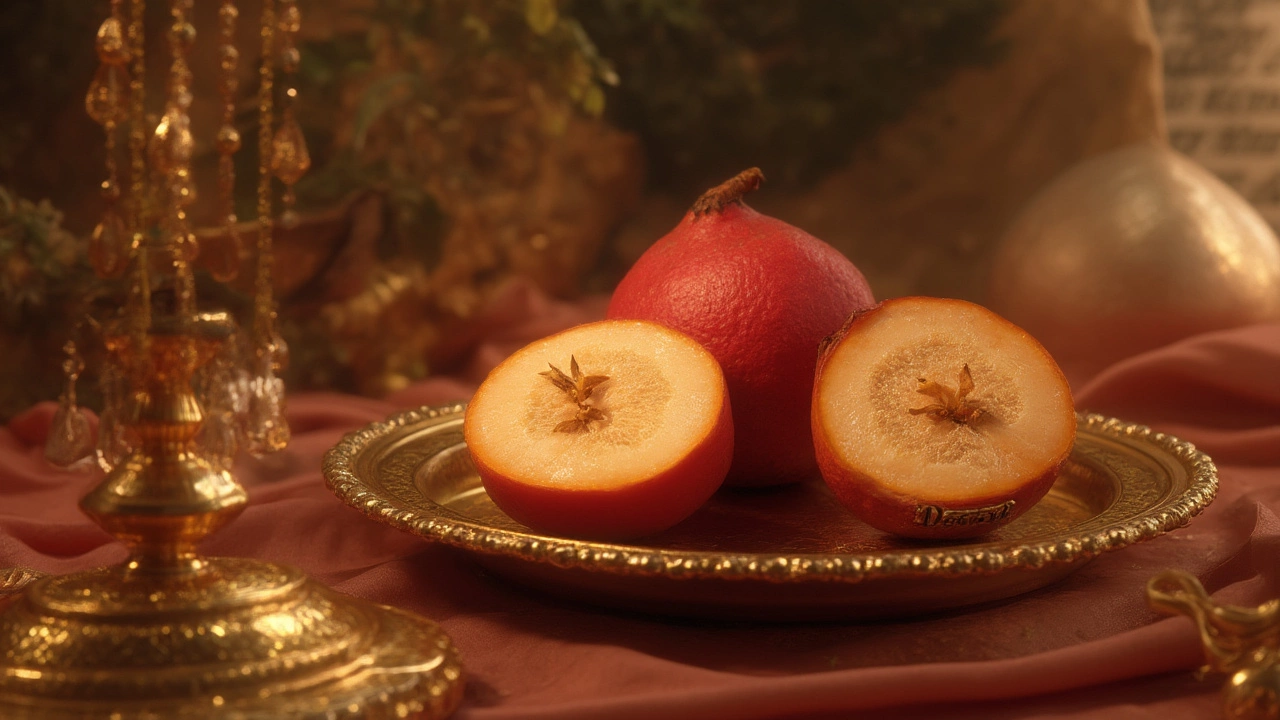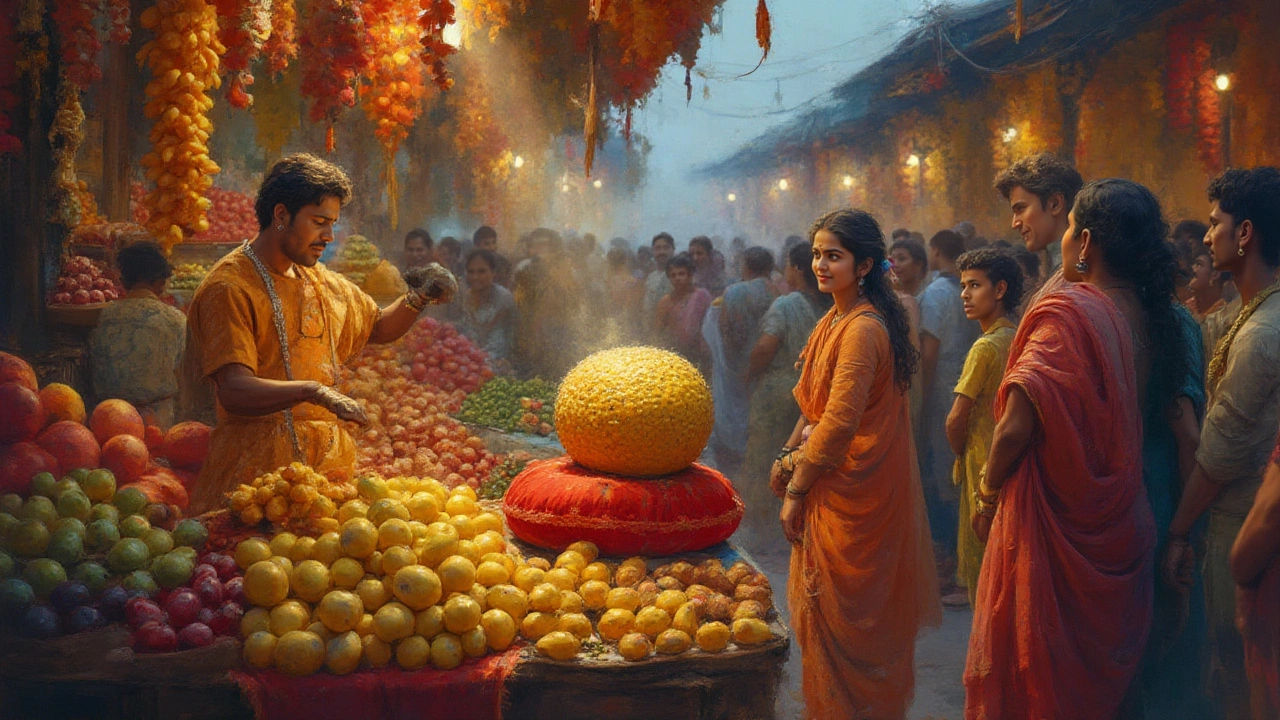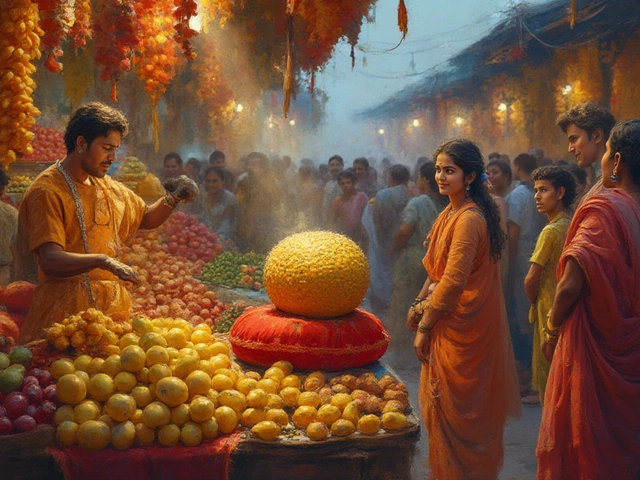Picture this: you’re at a local fruit market in Mumbai. Amid stacks of mangoes, piles of apples, and baskets of luscious lychees, the fruit vendor flicks his cloth and, with a conspiratorial whisper, points to something behind the counter. He’s guarding it as if it’s pure gold—because, for many in India, it almost is. Here’s the twist: we’re not talking about gold or gems, but about fruit. India, a land of mangoes, jackfruit, and bananas, is home to a fruit so expensive, a kilo can set you back more than a new smartphone. That’s not just hype—it’s the reality behind the most extravagant fruit you can buy in this country.
The King of the King: Miyazaki Mango’s Indian Debut
Alright, forget the Alphonso for a moment. If you ask fruit enthusiasts and auctioneers in India as of 2025, the Miyazaki Mango holds the crown for the costliest fruit in the country. Why does this particular mango command such astronomical rates—sometimes up to ₹2.75 lakh per kilo (yes, you read that right)?
What makes the Miyazaki so special? Well, it’s not native to India—its roots trail all the way back to Miyazaki in Japan, where it was grown for royalty and sold in gift boxes like rare jewels. Now, a handful of orchard owners in India, mostly in Madhya Pradesh and Andhra Pradesh, are cultivating these mangoes under tight security—think CCTV cams, night guards, and “do not touch” signs everywhere. Remind you of Willy Wonka’s golden ticket? It pretty much is.
The Miyazaki can't even be found in regular markets. When a batch ripens, it’s spoken for before it even hits the tree. Wealthy buyers, collectors, and almost every high-end restaurant in India want them. The thrill lies not just in taste, but in rarity and exclusivity. Even so, only a few families—or their chefs—have ever tasted the dark ruby flesh inside. It’s not just a sweet treat, but a status symbol. But here’s the thing: is the taste as magical as the price? Food critics describe it as intensely juicy, with notes of coconut and honey. For those lucky enough to take a bite, the flavor stays on their mind—and, likely, their Instagram—for a very long time.
Let’s talk cultivation. These mangoes need special care: the trees are closely watched, their water is filtered, and the fruit is wrapped individually to prevent sun damage. It almost sounds like mango spa therapy. No wonder the prices shoot through the roof!
Other Indian Fruits That Shock with Their Price Tags
Think Miyazaki mangoes are the only jaw-droppers? Nope. India’s got a line-up of fruits that can make you do a double take at the price. Next comes the Hop Shoots—or Humulus lupulus—originally famous in Europe for flavoring beer, but now also valued in India for its nutritional punch. These tiny green shoots don’t even look like much; a kilo can cost well over ₹1 lakh. Farmers in Himachal Pradesh have recently started growing them, and every gram is precious because harvesting is strictly by hand—imagine crawling through the fields, snipping one tender stem at a time.
Then there’s the Densuke Watermelon, another Japanese guest making its way into Indian elite circles. Black as coal on the outside, it’s rare and, depending on size, can go for over ₹60,000 a piece at charity auctions or high-end hotels. And you thought buying that seedless watermelon felt splurgy?
Don’t forget the imported Ruby Roman grapes; a single bunch fetched up to ₹2 lakh at auctions in Japan, and every so often, specialty stores in Delhi host exclusive tastings for the ultra rich. There’s also Buddha-shaped pears and square watermelons popping up at fine-dining parties, but they’re usually for novelty value rather than daily eating.
So what drives up the rates? Three things: rarity (if it grows in tiny numbers or is tough to find, the price goes up), time and labor (the more humans involved, the pricier it gets), and hype. A fruit going viral can double its value in a week if celebrities get interested. Plus, there’s an “imported” cachet—fruits crossing international borders, especially from Japan or New Zealand, automatically earn some luxury points.

What’s Really Behind the High Price Tag?
It’s not just genetics or taste—there’s a whole ecosystem behind those price tags. Here’s a breakdown.
First, supply and demand: Fruits like the Miyazaki mango are in such short supply, people are willing to pay almost anything. There might be only a dozen or so harvested on a given farm every year.
Second, security and theft. You’d be surprised to learn that mango farmers have to hire night guards! One farm in Jabalpur, for example, had thieves try to dig up their Miyazaki trees. After that, extra cameras went up and families took turns watching the orchard. The more expensive the fruit, the more secrecy shrouds the farm.
Then there’s uniqueness. Fruits like the Densuke Watermelon or Buddha-shaped pears aren’t just rare—their looks are eye-popping, and that’s part of the charm. Social media pushes prices higher. When a famous personality posts a photo with a rare fruit, it can set off a wave of rich buyers keen to get their own.
Labour costs are through the roof. Many of these fruits demand all-day, hands-on attention. Wrapping Miyazaki mangoes in little bags, pruning the trees, timing the harvest exactly, monitoring the sugars—there’s no shortcut. Each fruit is almost pampered like a celebrity child.
And climate. These crops often need very particular conditions. If a bad storm hits or the weather is off, the tiny crop can shrink even further. That’s why buyers don’t blink at sky-high prices. They know what they’re paying for could disappear next season.
Do these prices affect everyday fruit? Not usually, since most people eat local and seasonal produce. But for collectors, high-end grocers, and celebrities chasing exclusivity, money is rarely the barrier.
Are Costly Fruits Worth the Hype? Tips for Gardeners and Curious Foodies
Here’s the million-rupee question: Should you bother chasing India’s most expensive fruit? Or is the best mango really just a bit of nostalgia and a sprinkle of Instagram envy? Let’s get honest.
If you’re considering a splurge on something like the Miyazaki Mango, know that it’s partly about the story you’re buying. The rarity, drama, and mystery surrounding its farming are what make it valuable. Is it the absolute best thing you’ll ever taste? Food lovers say it’s unforgettable, intense, and laced with tropical flavors. But for some, nostalgia for a classic Alphonso or Langda mango packs just as much punch, and costs a fraction of the price.
For home gardeners, curiosity is a good thing—but patience is better. Cultivating rare fruits like Miyazaki mangoes is not a weekend hobby. First, sourcing the plant itself is tough (farmers guard their mother trees from strangers and nursery sellers). Next, the trees are finicky: they hate bad soil, wrong temperatures, or irregular watering. Anyone thinking about starting a luxury fruit patch must be ready to treat the plant like a pampered pet—regular compost, filtered water, pest control, and careful sun exposure.
If you want a taste without the crazy budget, here are some practical tips:
- Watch for local food expos or fruit festivals—organizers sometimes host rare-fruit tasting sessions.
- Check with high-end grocers in metro cities. They occasionally import limited stocks of luxury fruits, but act fast—supplies vanish quickly.
- Don’t fall for all the hype. Trust your own taste buds. Many Indian mangoes, guavas, and custard apples beat imported fruits in aroma and sweetness.
- If you do grow or buy rare fruits, join local gardening groups. There’s always some insider info or procurement tip floating among serious enthusiasts.
For those who don’t want to break the bank, India’s seasonal fruits—grown in your own garden or picked in-season at local markets—are far more rewarding. You get maximum flavor for minimum fuss, and there’s zero security needed. But if you do get your hands on the country’s costliest fruit—even just once—you’ll have a one-of-a-kind story to tell. Who knows? Maybe you’ll even start your own Instagram-worthy fruit revolution.


